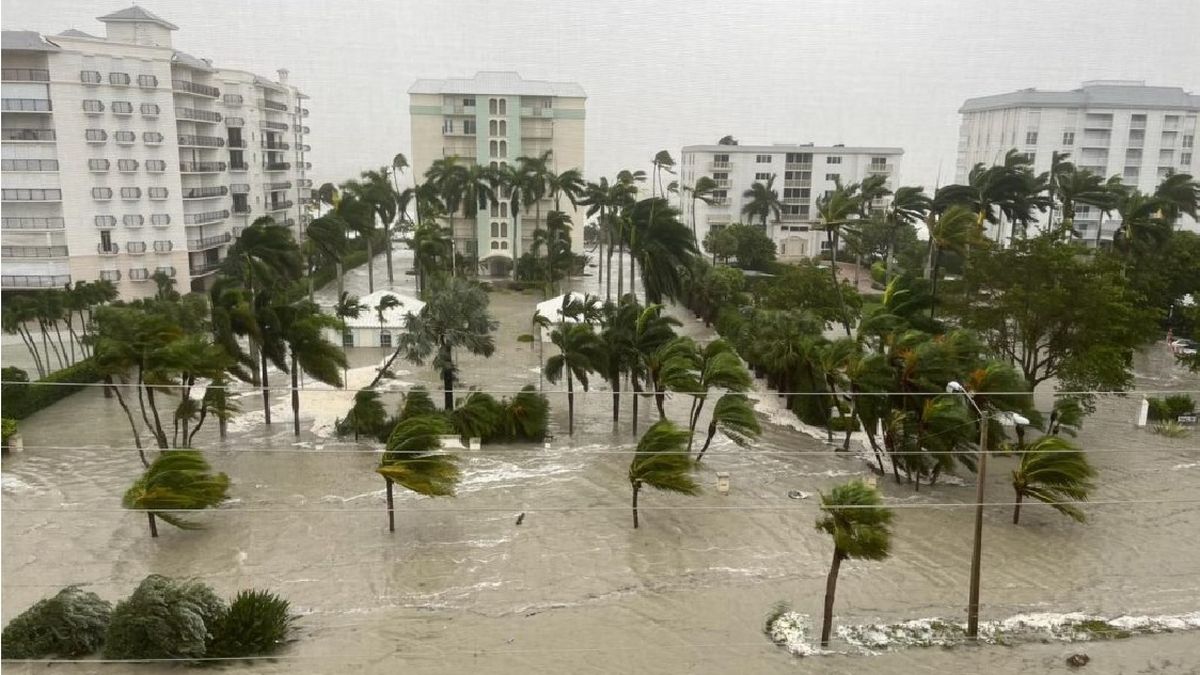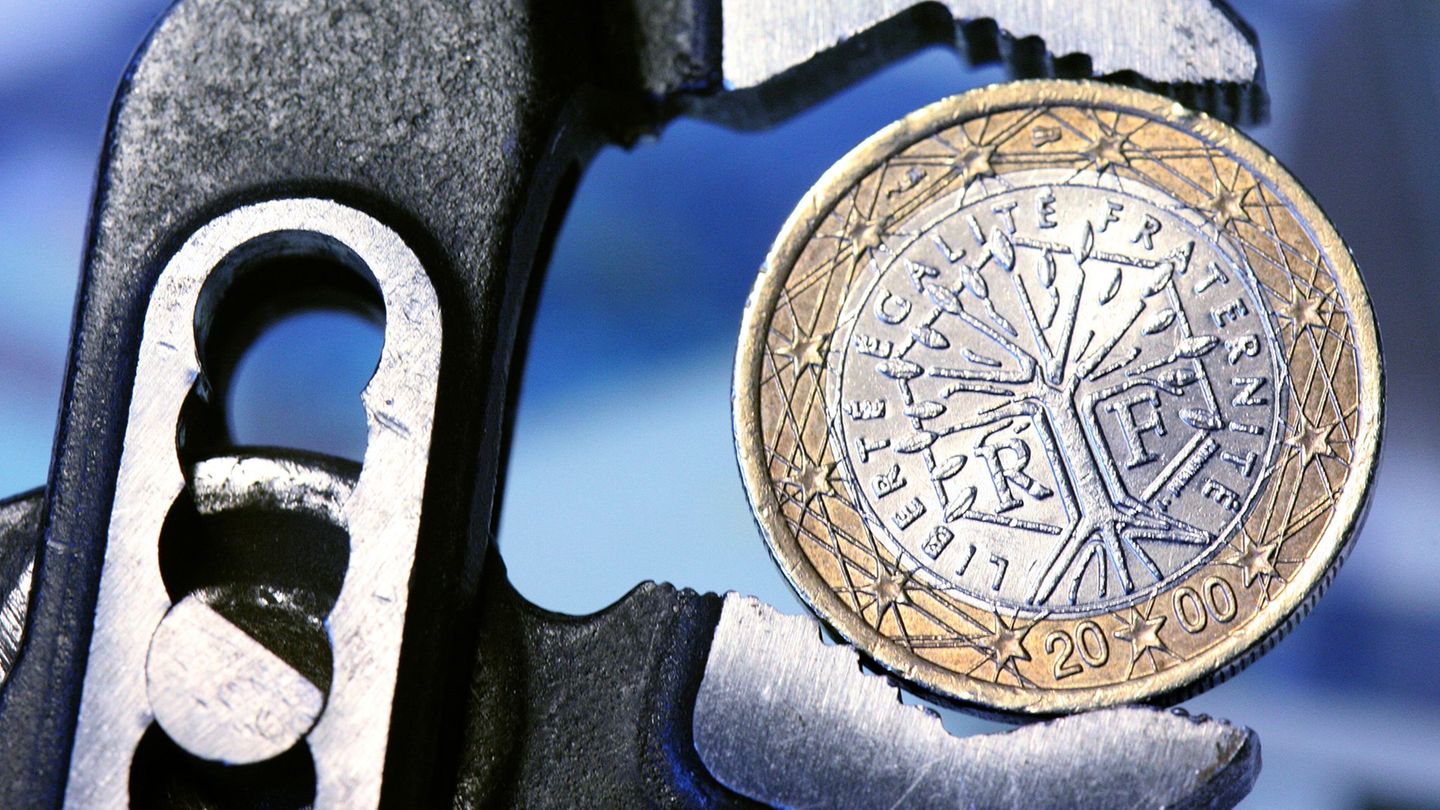The US Coast Guard was searching for 20 missing migrants in the sinking of a boat in the Florida Keyssouth of the hurricane’s path. Three castaways were rescued from the water and four swam to shore.
With sustained winds of up to 185 km per hour, Ian made landfall along Key Coastin the southwest of the state at 3:05 p.m. local time (4:05 p.m. Argentine time), and caused “catastrophic flooding” in its path, reported the National Hurricane Center (NHC) from the United States.
The storm reached wind gusts of up to 240 km per hour when it made landfall, although later the intensity was reduced to about 120 km per hour, the NHC indicated around 02:00 local time (03:00 Argentine time), which downgraded to category 1.
Ian, who has already devastated the west of Cubamoves into the interior of Florida, goes out into the Atlantic Ocean and ends up affecting the states of Georgia Y South Carolinaaccording to the forecasts of the Center.
The damages he left in Florida
Hurricane Ian left nearly two million homes without electricity at nightfall on Wednesday in Florida, especially in the areas surrounding the passage of the hurricane, according to the specialized site poweroutagewhich tracks power outages in the United States.
The city of Fat tip also plunged into darkness. During the night, only a few buildings with electric generators were still lit and the only noises around were the roar of the wind and the persistent rain.
Hours before, the city had a brief respite when it was in the eye of the hurricane. But the storms and the rain came back with more force, ripping off sign boards and carrying away large pieces of roofs and tree branches.
In naplesin southwestern Florida, images from the MSNBC channel showed completely flooded streets and cars floating in the current, while in Fort-Myersthe floods were so great that some neighborhoods looked like lakes.
In some areas, flooding can exceed three meters, the state governor announced Wednesday night, Ron DeSantis. About 2.5 million people were subject to mandatory evacuation orders from a dozen Florida coastal counties, where several dozen shelters were set up.
a historic hurricane
Governor DeSantis called Ian “one of the five most powerful hurricanes to ever hit Florida.” “This is a storm that will be talked about for many years,” deepened the director of the National Weather Service (NWS)Ken Graham, at a press conference.
Deanne Criswell, Head of FEMAthe federal agency in charge of managing natural disasters, said Ian would remain a “very dangerous” storm for “days to come.”
Experts point out that as the surface of the oceans warms, increases the frequency of more intense hurricanes, with stronger winds and more rainfallbut not the total number of hurricanes.
According to Gary Lackmann, professor of atmospheric sciences at North Carolina State University (USA), several studies have shown a “possible link” between the climate change and a phenomenon known as “rapid intensification,” when a relatively weak tropical storm strengthens, as is the case with Hurricane Ian.
Source: Ambito
David William is a talented author who has made a name for himself in the world of writing. He is a professional author who writes on a wide range of topics, from general interest to opinion news. David is currently working as a writer at 24 hours worlds where he brings his unique perspective and in-depth research to his articles, making them both informative and engaging.




